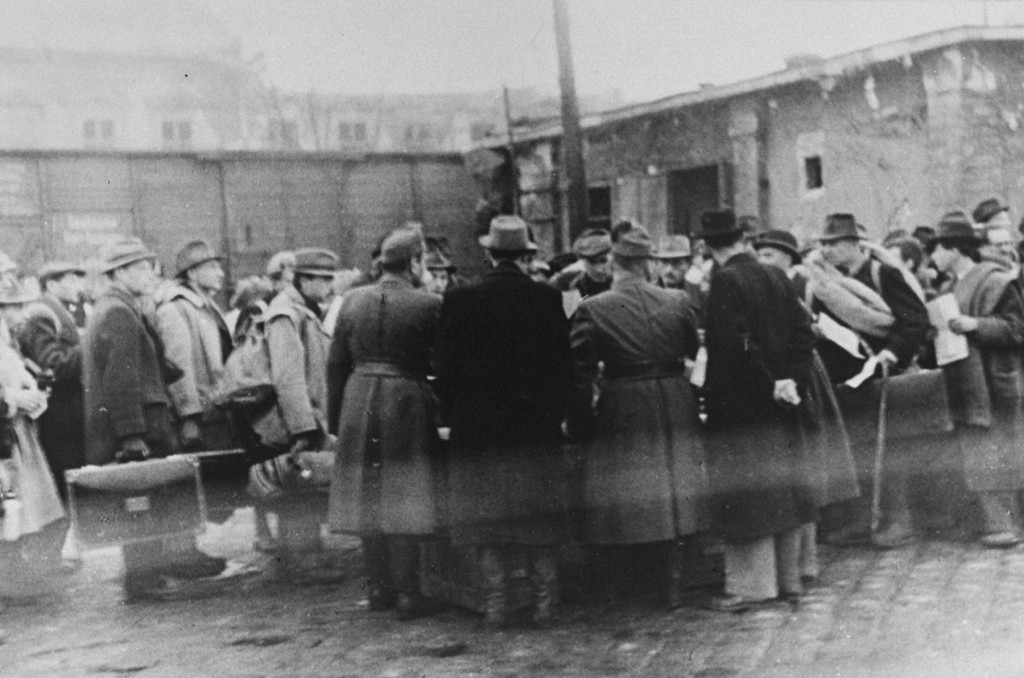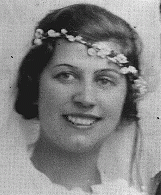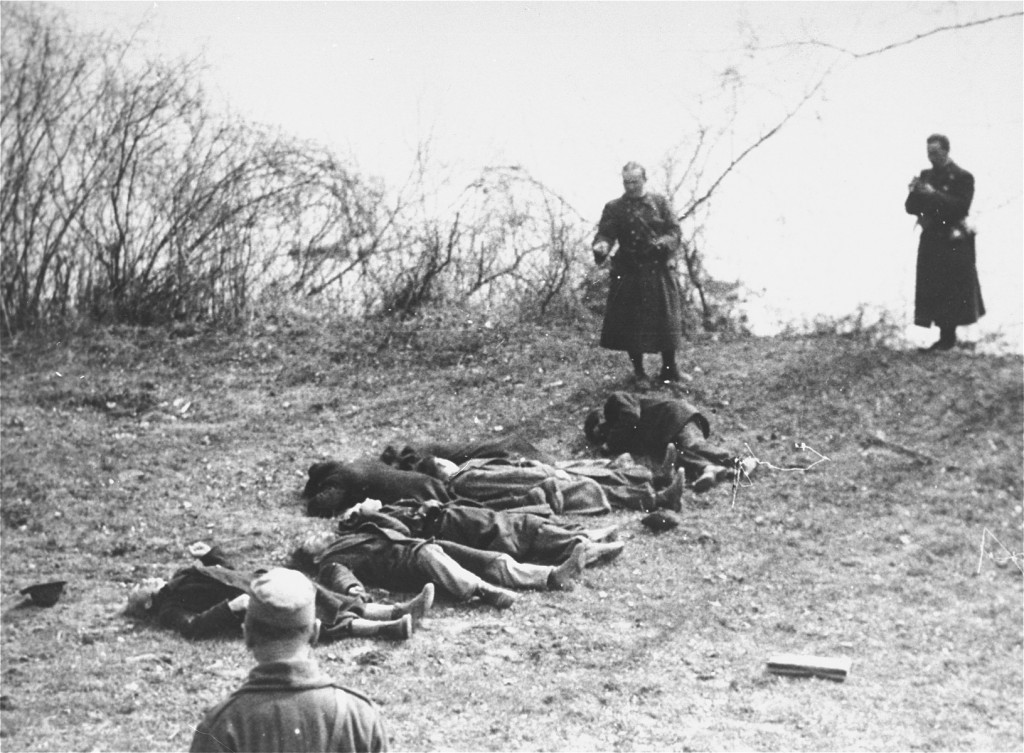
Budapest
Hungary's capital, Budapest, straddles the banks of the Danube River and is the country's most populous city. Budapest was created by the union of three cities: Buda, Obuda, and Pest.

Before World War II, approximately 200,000 Jews lived in Budapest, making it the center of Hungarian Jewish cultural life. In the late 1930s and early 1940s, Budapest was a safe haven for Jewish refugees. Before the war some 5,000 refugees, primarily from Germany and Austria, arrived in Budapest. With the beginning of deportations of Jews from Slovakia in March 1942, as many as 8,000 Slovak Jewish refugees also settled in Budapest.
Hungary was allied with Nazi Germany. Despite discriminatory legislation against the Jews and widespread antisemitism, the Jewish community of Budapest was relatively secure until the German occupation of Hungary in March 1944. With the occupation, the Germans ordered the establishment of a Jewish council in Budapest and severely restricted Jewish life. Apartments occupied by Jews were confiscated. Hundreds of Jews were rounded up and interned in the Kistarcsa transit camp (originally established by Hungarian authorities), 15 miles northeast of Budapest.
Between April and July 1944, the Germans and Hungarians deported Jews from the Hungarian provinces. By the end of July, the Jews in Budapest were virtually the only Jews remaining in Hungary. They were not immediately ghettoized. Instead, in June 1944, Hungarian authorities ordered the Jews into over 2,000 designated buildings scattered throughout the city. The buildings were marked with Stars of David. About 25,000 Jews from the suburbs of Budapest were rounded up and transported to the Auschwitz-Birkenau killing center. Hungarian authorities suspended the deportations in July 1944, sparing the remaining Jews of Budapest, at least temporarily.
Many Jews searched for places of hiding or for protection. They were aided by Swedish diplomat Raoul Wallenberg and other foreign diplomats who organized false papers and safe houses for them. These actions saved tens of thousands of Jews.
In October 1944, Germany orchestrated a coup and installed a new Hungarian government dominated by the fascist Arrow Cross party. The remaining Jews of Budapest were again in grave danger. The Arrow Cross instituted a reign of terror in Budapest and hundreds of Jews were shot. Jews were also drafted for brutal forced labor.
Death March from Budapest
On November 8, 1944, the Hungarians concentrated more than 70,000 Jews—men, women, and children—in the Ujlaki brickyards in Obuda, and from there forced them to march on foot to camps in Austria. Thousands were shot and thousands more died as a result of starvation or exposure to the bitter cold. The prisoners who survived the death march reached Austria in late December 1944. There, the Germans took them to various concentration camps, especially Dachau in southern Germany and Mauthausen in northern Austria, and to Vienna, where they were employed in the construction of fortifications around the city.
The Budapest Ghetto

In November 1944, the Arrow Cross ordered the remaining Jews in Budapest into a closed ghetto. Jews who did not have protective papers issued by a neutral power were to move to the ghetto by early December. Between December 1944 and the end of January 1945, the Arrow Cross took as many as 20,000 Jews from the ghetto, shot them along the banks of the Danube, and threw their bodies into the river.
Soviet forces liberated Budapest on February 13, 1945. More than 100,000 Jews remained in the city at liberation.
Critical Thinking Questions
Investigate the history of the Jews of Budapest and of Hungary before World War II.
Consider the extensive role of the Hungarian governments and police in the deportation and murder of hundreds of thousands of Jews. What pressures and motivations contributed to their collaboration and participation?
How does the example of what happened in Hungary demonstrate the complexity and the systematic nature of the German efforts to abuse and kill the Jews?

